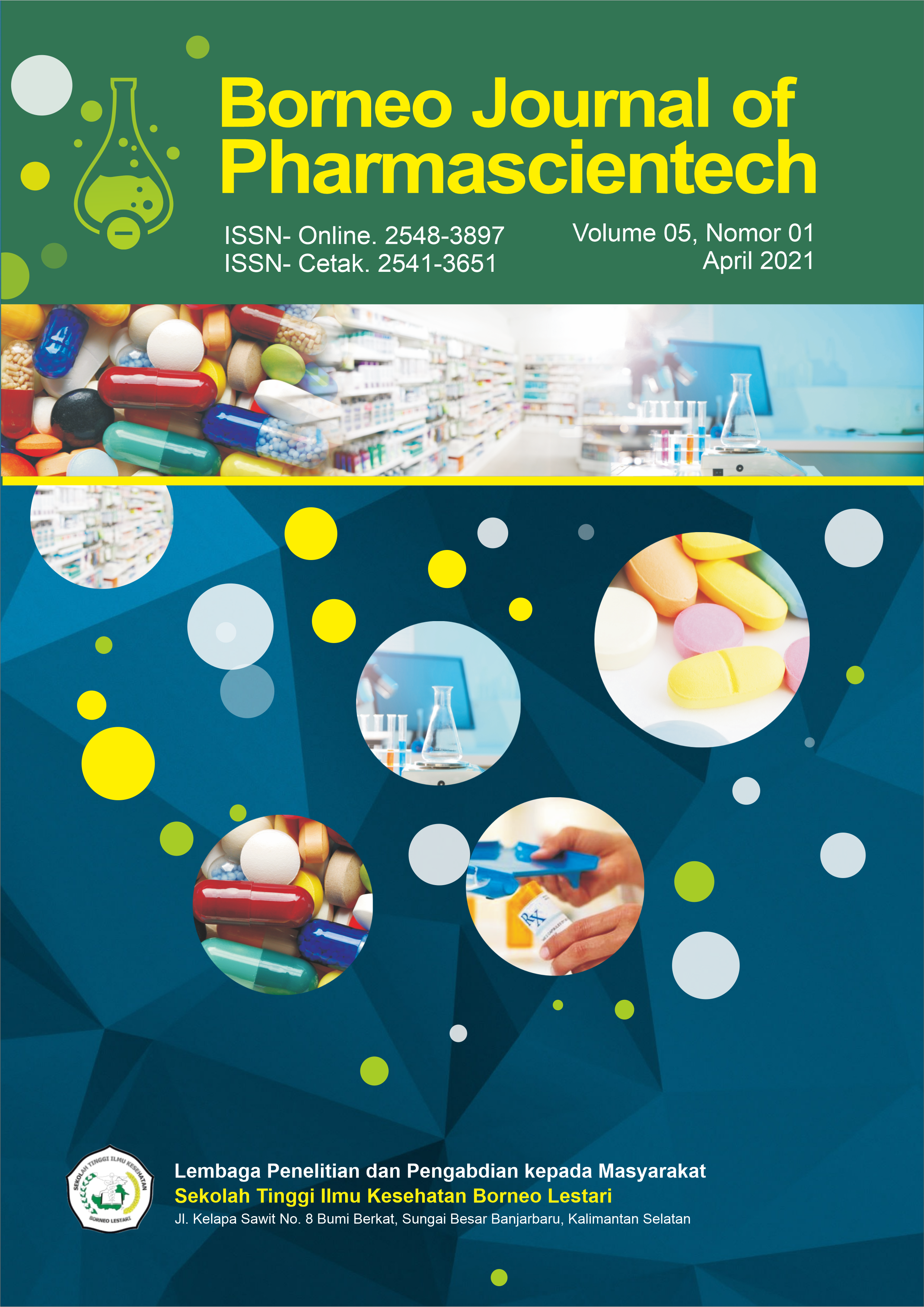Main Article Content
Abstract
The health services in Indonesia have not been maximal in fulfilling the needs of the patients with terminal illnesses. Cost utility analysis (CUA) is a pharmacoeconomic approach recommended in order to control the quality and cost of health programs. The costeffectiveness threshold is needed for the interpretation of the value of the cost-effectiveness ratio in determining whether a health technology is costeffective or not. One approach that can be used is to estimate the value of willingness to pay per quality adjusted life years (WTP per QALY).The purpose of this study was to determine the comparative measurement of the estimated value of willingness to pay per quality adjusted life year (WTP per QALY) for moderate disease in the community of Banjarmasin by their income. The design of this study uses a cross-sectional approach. The stated preference method with a contingent valuation approach was used in a survey conducted on the general population in the City of Banjarmasin. The number of samples is 100 respondents and 64 respondents are willing to pay. The research instrument is a questionnaire consisting of measuring the value of willingness to pay (WTP) using the dichotomous bidding game method, measuring utility using the visual analogscale (VAS) and EuroQoL 5-Dimensions (EQ-5D) based on a hypothetical scenario of utility value in moderate disease. WTP measurement per QALY used the formula of comparison between the maximum WTP and QALY gained. The results showed that of only 64 of 100 respondents were willing to pay. The utility gained EQ-5D was 0.544 and the utility gained VAS was 0.169. Based on the income of the people in Banjarmasin, the comparison of measurement of willingness to pay per quality adjusted life year is IDR 23,594,155 for low income and IDR 79,265,583 for high income. This result is expected to give more information to CE-Threshold based on community income preferences.
Article Details

This work is licensed under a Creative Commons Attribution 4.0 International License.
How to Cite
Melviani, Onny Ziasti Fricilia, Felix Imanuel Rachman, & Munawarah. (2021). Perbandingan pengukuran nilai willingness to pay per quality adjusted life year terapi penyakit moderate berdasarkan pendapatan masyarakat di kota Banjarmasin. Borneo Journal of Pharmascientech, 5(1), 1-10. https://doi.org/10.51817/bjp.v5i1.371
